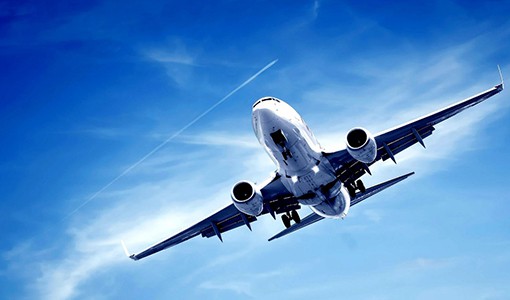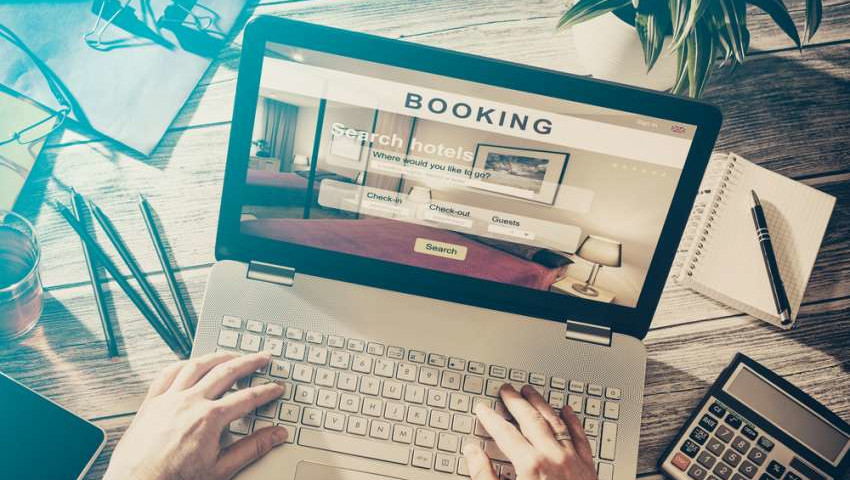
Differentiation is the new norm and airlines need to think very carefully about every commercial decision.
Virtually everything we read is biased. Of course, this is true in politics and the media but this is also true in the airline business where different carriers and suppliers have different perspectives and passionately endorse their way. Airline pricing, in particular, is often viewed as something that can be optimised based on sophisticated models and big data analytics.
One possible solution to the one-sided views we are often exposed to in airline ‘optimisation’ is to offer both ‘points’ and ‘counter-points’ together in the same paper. Potentially, each perspective has validity – in particular cases – and neither position works well in all situations. In fact, there are good reasons for each of a variety of alternative airline pricing strategies – depending on the market, competitive situation and the particular airline’s overall strategy. In general, no point of view is entirely right nor entirely wrong. There is always another way. What do you think?
POSITION
Maximise Ancillary fees
Sample Proponents: Ryanair, Spirit Airlines, Frontier Airlines Ancillary fees are a customer-friendly tool for increasing total revenue. Such optional fees put choice into the customer’s hands, asking them to pay only for those services they value incrementally. Thus, they can help keep base fares low.
Charge fees for checked bags
Sample Proponents: Most airlines Handling bags costs airlines money and customers who use the service should pay for it. Bag fees are now a major contributor to profitability.
Deploy sophisticated revenue management model
Sample proponents: United Airlines, SABRE Using the latest RM model can add another 2-5% to your total revenue, increasing profitability significantly. The newest models optimise across markets and fare levels in a way that no team of analysts can.




